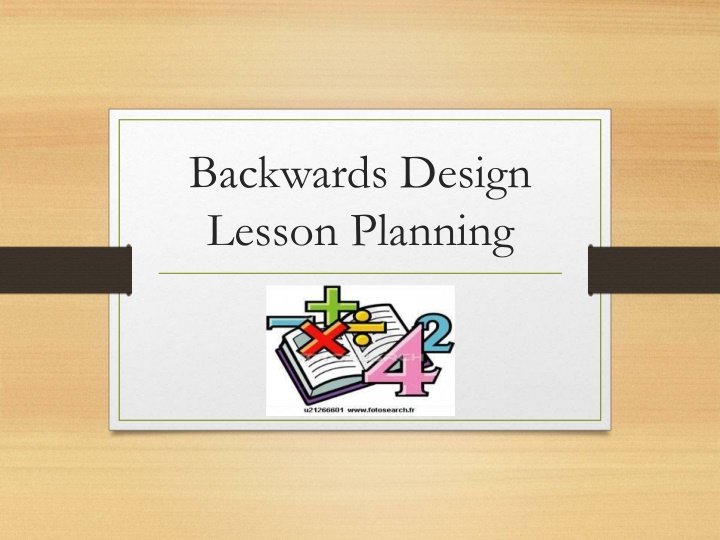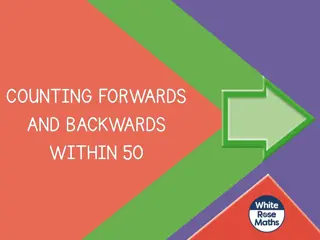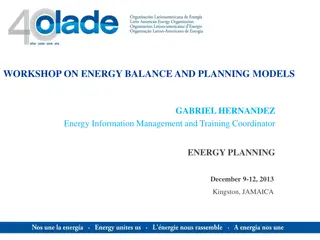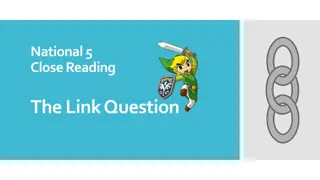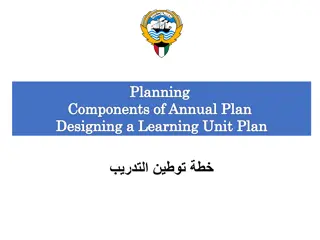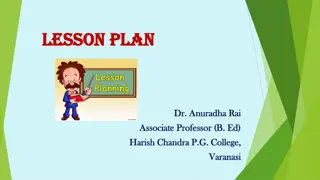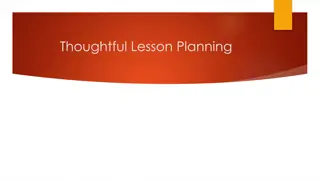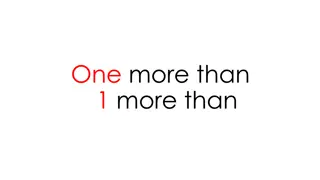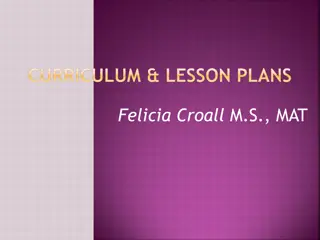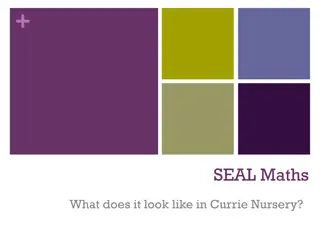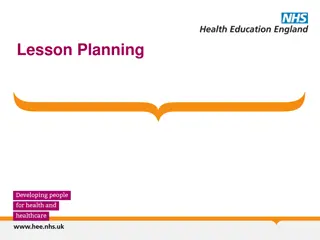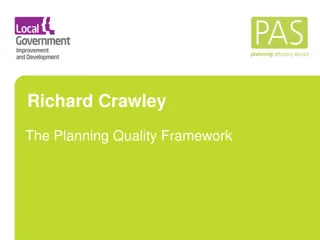Effective Lesson Planning through Backwards Design Approach
Explore the key concepts of effective lesson planning using the backwards design approach. Learn how to begin with identifying student needs, set clear objectives, develop engaging activities, and assess learning outcomes. Avoid common pitfalls in lesson planning and enhance student achievement by prioritizing learning objectives and creating authentic assessments aligned with desired results.
Download Presentation

Please find below an Image/Link to download the presentation.
The content on the website is provided AS IS for your information and personal use only. It may not be sold, licensed, or shared on other websites without obtaining consent from the author.If you encounter any issues during the download, it is possible that the publisher has removed the file from their server.
You are allowed to download the files provided on this website for personal or commercial use, subject to the condition that they are used lawfully. All files are the property of their respective owners.
The content on the website is provided AS IS for your information and personal use only. It may not be sold, licensed, or shared on other websites without obtaining consent from the author.
E N D
Presentation Transcript
Backwards Design Lesson Planning
Agenda Backwards Design (Beginning with the end in mind) 1. Discuss areas in which students traditionally experience difficulty. 2. Share knowledge in content, experiences, resources, and materials to help students learn. 3. Share successful teaching strategies that result in increased student achievement. 4. K- 5 Identify what changes in instruction must occur to increase student knowledge, understanding, and comfort levels in order to increase student achievement. 5. 3rd-5thIdentify strategies in areas in which students have difficulty on FSA assessments.
Elements of Effective Lesson Design Students have a clear understanding of the unit/lesson objectives Students build schema through eliciting prior knowledge Students create evidence of developing ideas Students are active learners Assessments are authentic and have a tangible product Assessments match learning objectives (Jones, Jones, & Vermette, 2011)
Pitfalls in Planning Effective Lessons Learning Outcomes: what the student should learn Learning Activity: what the student does to achieve the outcome Two key mistakes in lesson planning: Focusing energy on developing activities that are hands-0n without being minds-on Focusing on coverage of the material just make it through the textbook
Backwards Design Lesson Planning Begins with identifying what the students need to learn Three stages: Stage 1: Identify the desired results (outcome) Stage 2: Identify the assessment evidence Stage 3: Identify the learning plans (activities) (Newman, 2013)
Stage 1: Identify the Desired Results Identify individual student needs Community location Resources Socioeconomic level Educational background State and local standards (objectives) Essential questions Prerequisite knowledge Special needs students Necessary accommodations Identify the classroom needs Identify curricular priorities (Childre, Sands, & Pope, 2009)
Good Learning Objectives Clear, complete, and specific Consists of knowledge, skills, and attitudes expected of students Specific enough to be measurable Objective drives the specific activity Examples: Student will create a bar graph to illustrate classroom preference for a chosen topic (CCSS.Math.Content.3.MD.B.3) Student will categorize 10 two-dimensional shapes (CCSS.Math.Content.K.G.B.4) Student will compare and contrast the main characters from two core literature books (CCSS.ELA-Literacy.RL.3.9) (Newman, 2013)
Stage 2: Identify Assessment Evidence Move students beyond memorization to a deeper understanding of content, application, and relation to other concepts Examples of evidence: Specific response on assessments (ex. model drawings, number sentences) Performance tasks or prompts Oral or written prompts Quizzes or tests Informal assessments (observations, discussions, anecdotal records) Include detailed rubrics to clarify expectations and guide student performance (Childre, Sands, & Pope, 2009)
Stage 3: Identify the Learning Plan Design learning activities Engage students with essential questions and vocabulary Make content meaningful by connecting to real life experiences Break instruction into manageable parts Integrate assessments throughout the unit Ensure all student accommodations from Stage 1 are supported (Childre, Sands, & Pope, 2009)
Backwards Design Lesson Plan Example Grade 1, Mathematics
Stage One: Identify Desired Results Established Goals: CCSS.Math.Content.1.OA.A.1 Use addition and subtraction within 20 to solve word problems involving situations of adding to, taking from, putting together, taking apart, and comparing, with unknowns in all positions, e.g., by using objects, drawings, and equations with a symbol for the unknown number to represent the problem. CCSS.ELA-Literacy.SL.1.1 Participate in collaborative conversations with diverse partners about grade 1 topics and texts with peers and adults in small and larger groups. (Common Core State Standards Initiative)
Stage One: Identify Desired Results Understandings Students will understand that: Essential Questions What does addition mean? What are two ways to represent a number sentence? Combining two groups of objects illustrates the concept of addition. A number sentence is the numerical representation of manipulatives. Students will know Students will be able to Addition facts with a sum of less than 20 Horizontal and vertical number sentences Add two numbers to represent addition Write a number sentence in the horizontal and vertical format Explain the process of addition to a partner (adapted from Newman, 2013)
Stage 2: Assessment Evidence Students will create an visual representation of a number sentence in their math journal. + = Students will write a corresponding numerical number sentence in their math journal (horizontal and vertical). Students will describe the process of addition to a partner. Complete Quizzes, Mid Module Assessment, or End of Module Assessments
Stage 3: Learning Plan Strategies: What strategies will be introduced or carried over from previous lessons. Target vocabulary: number family, partners, number sentence Read aloud: The Mission of Addition by Brian P. Cleary Mini-lesson: 2 partners make a number family, number sentence is the written representation of a number family Activity: Use manipulatives to create a number family Illustrate the number family in your math journal Write a number sentence to represent the number family Tell your partner how you created your number sentence
